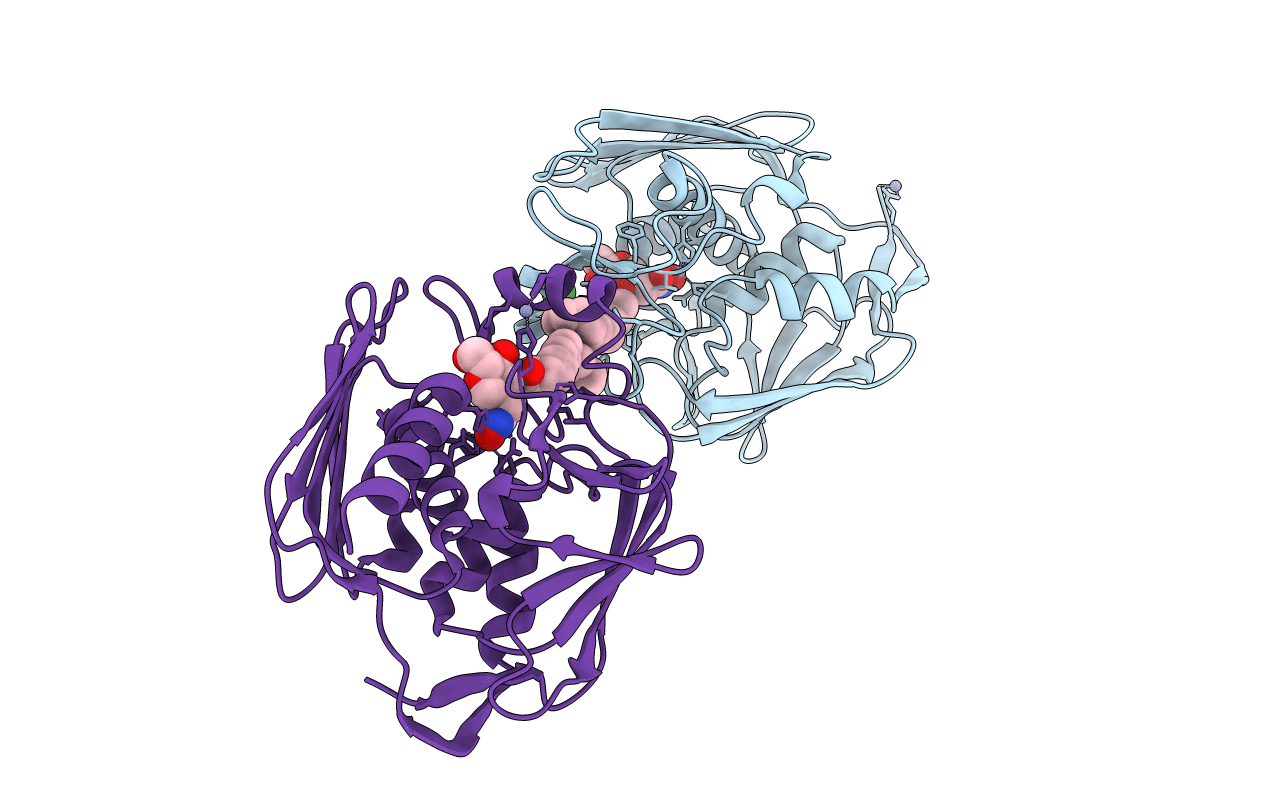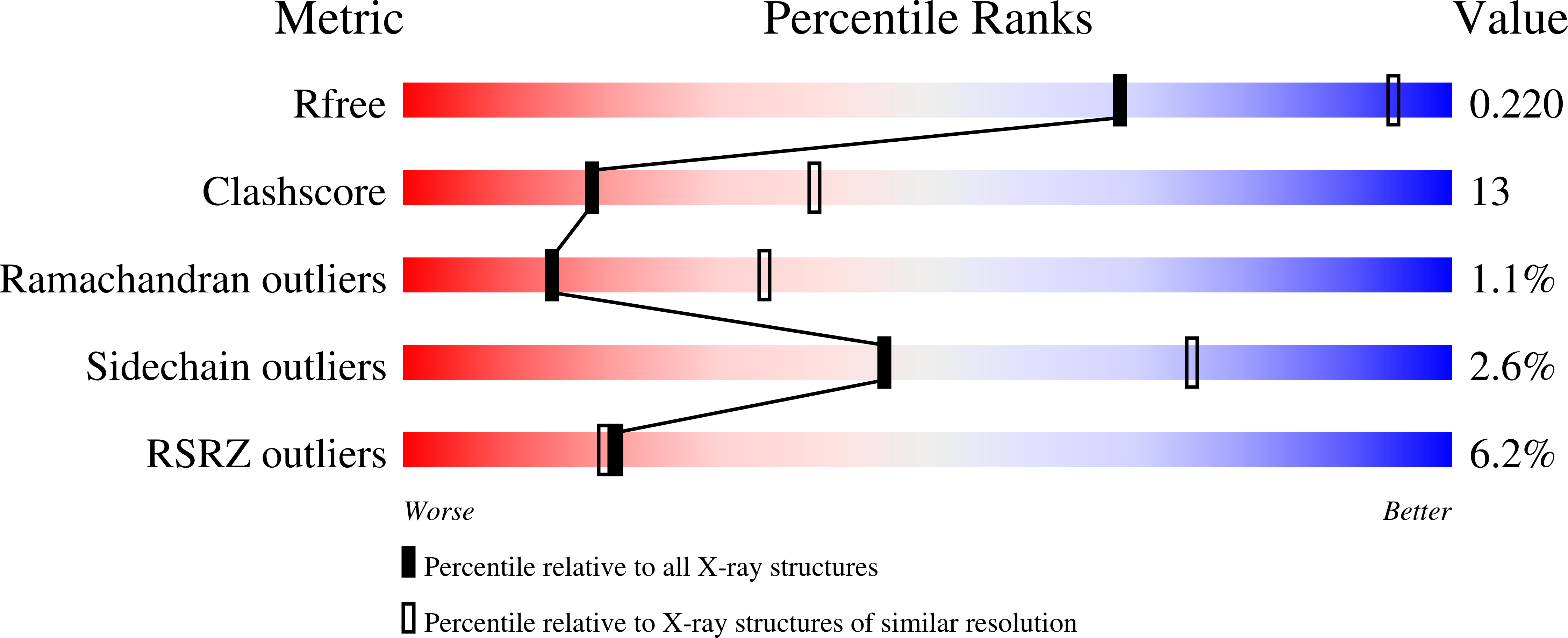
Deposition Date
2006-04-12
Release Date
2006-07-04
Last Version Date
2023-08-30
Entry Detail
PDB ID:
2GO4
Keywords:
Title:
Crystal structure of Aquifex aeolicus LpxC complexed with TU-514
Biological Source:
Source Organism:
Aquifex aeolicus (Taxon ID: 63363)
Host Organism:
Method Details:
Experimental Method:
Resolution:
2.70 Å
R-Value Free:
0.24
R-Value Work:
0.20
Space Group:
P 61


